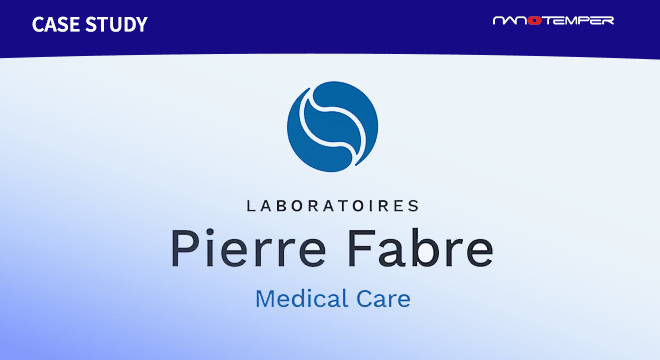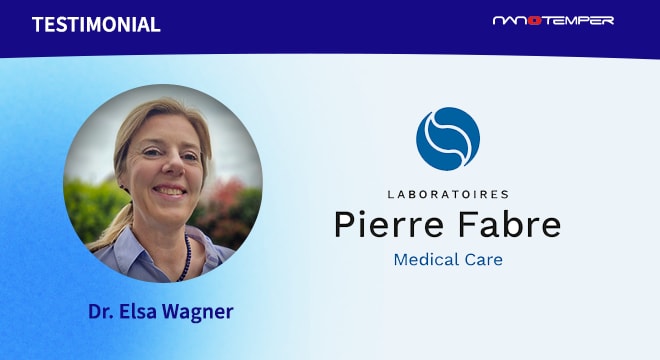Developability work requires the assessment of multiple critical quality attributes (CQAs) of your biologics. Many of these CQAs are measured or monitored using low-volume, low-concentration samples. However, once biologic therapeutics reach the clinic, they are administered at high concentrations, which may result in different stability characteristics of the drug.
In order to predict whether a protein-based therapeutic will remain stable at these high concentrations, researchers turn to dedicated experiments using light scattering techniques. These experiments help predict whether a biologic will become viscous or aggregated at high concentration.
Watch this event to get an overview of self-association prediction strategies. In this event, you will learn:
- Why it is so critical to assess self-association propensity
- How to set up and design experiments for self-association, and what parameters are measured with light scattering techniques
- How a group at Merck KGaA developed an alternative methodology for predicting self-association
And if you’re interested in integrating self-association propensity measurements into your developability workflows, learn how Prometheus Panta provides information on your biologics.




















